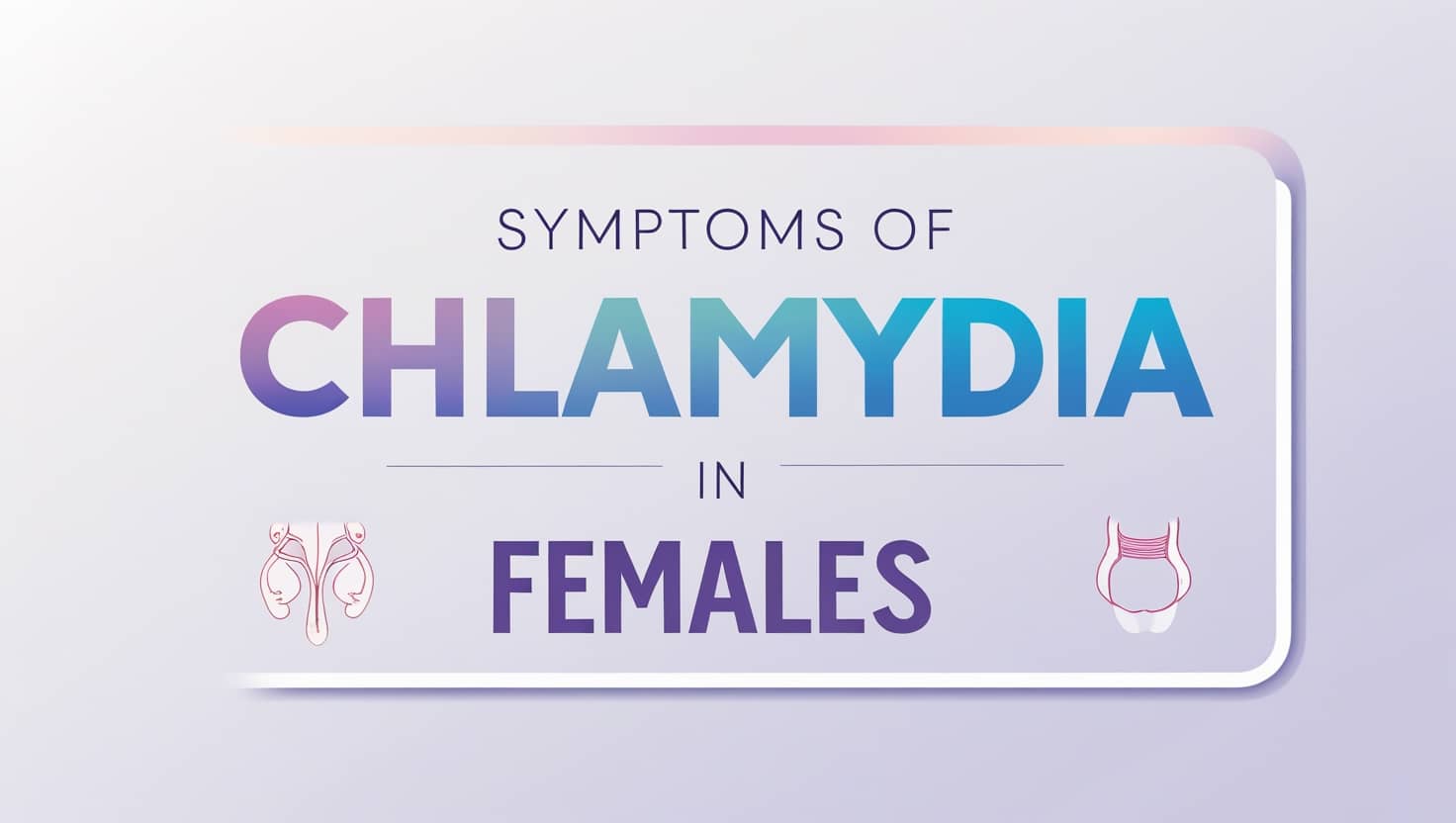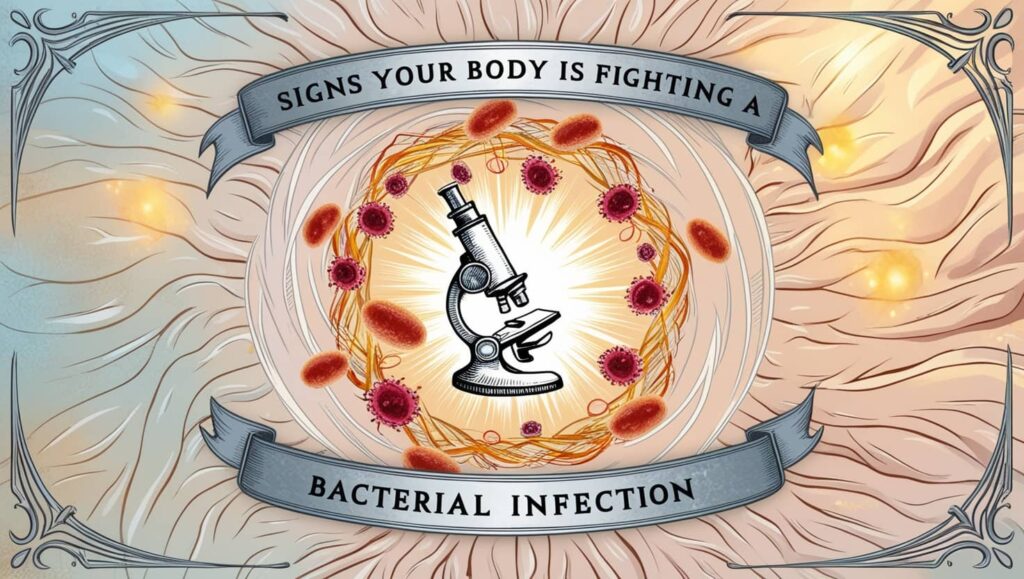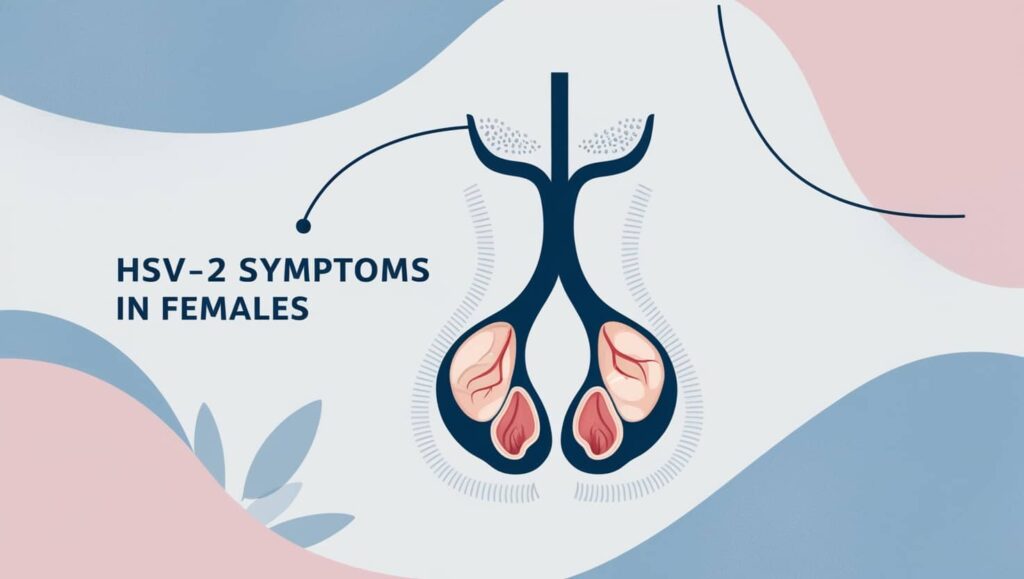Chlamydia is a sexually transmitted bacterial infection (STI) caused by the bacterium Chlamydia trachomatis. It can affect men or women, but women are more likely to be diagnosed. Chlamydia is sometimes referred to as a “silent” sickness because the symptoms of chlamydia in females are ambiguous. Even without symptoms, chlamydia can have serious health repercussions if left untreated.
Chlamydia primarily affects women’s cervix, urethra, rectum, and throat. If left untreated, the infection can spread to the reproductive organs, creating major health hazards.
Chlamydia is transmitted via unprotected sexual contact (vaginal, anal, or oral) with an infected person. It can also be transmitted from mother to child after childbirth, potentially causing eye infections or pneumonia in neonates.
Pregnant women should get screened for chlamydia because the prevalence is quite similar to that of non-pregnant women.
Antibiotics are used to treat chlamydia, with doxycycline being the first-line option.
Common Signs of Chlamydia in Females
Most female chlamydia infections are asymptomatic, therefore they are frequently overlooked, neglected, and underreported. The common symptoms of chlamydia in females are:
- Unusual vaginal discharge: yellow or green with an unpleasant odor.
- Dysuria is characterized by a burning or stinging sensation while urinating.
- Pain during intercourse refers to the discomfort or pain felt during intercourse.
- Lower Abdominal or Pelvic Pain: Sharp, cramping pain in the lower abdomen. Symptoms often mirror menstrual cramps.
- Bleeding between periods is spotting or bleeding that occurs outside of the menstrual cycle.
- Painful or Swollen Genitals: Redness or irritation in the genital region.
- Rectal discomfort can manifest as pain, itching, or rectum bleeding.
- The term “sore throat” refers to throat pain.
Untreated chlamydia can lead to consequences including:
- arthritis.
- Conjunctivitis with uveitis (eye inflammation).
- Proctitis is a condition that causes rectal inflammation.
- Infertility.
- Pelvic inflammatory disease (PID).
- Ectopic pregnancy, miscarriage, or premature birth.
- Epididymitis and urethritis (inflammation of the tube carrying urine from the bladder to the outside of the body).
If you have chlamydia while pregnant, your kid may contract it and develop an eye or lung infection.
Silent Symptoms of Chlamydia Infection in Women
Silent symptoms of chlamydia in females are distinct from common signs in terms of their intensity, noticeability, and potential for neglect or misreading. These include:
- Mild vaginal discharge.
- Mild painful urination.
- Slight pelvic or lower abdominal pain.
- Light spotting between periods.
- Weak rectal discomfort.
- Sore throat.
These symptoms can be easily ignored or misdiagnosed and can be easily overlooked due to their subtle nature. Furthermore, some women may feel slight discomfort during intercourse that is not evident or identified as a symptom.
How to Identify Chlamydia Symptoms in Women
To discover symptoms of chlamydia in females, check for both common and potentially silent symptoms, as many women may not show obvious signs. Here’s a guide that will help you identify the symptoms:
- Take note of any changes in the color, consistency, or smell of vaginal discharge.
- If you have pain or discomfort while urinating, particularly if it persists, it could be a sign of chlamydia.
- Dull or intense discomfort in the lower abdomen or pelvis, similar to menstruation cramps.
- Light bleeding outside of your typical menstrual cycle, particularly after intercourse, may indicate chlamydia.
- Rectal pain, itching, and bleeding. You may also see discharge from the anus.
Reference
- Administration, U. D. of V. A., Veterans Health. (n.d.). VA.gov | Veterans Affairs. Retrieved from www.publichealth.va.gov website: https://www.publichealth.va.gov/infectiondontpassiton/womens-health-guide/stds/chlamydia.asp
- Health Direct. (2019, July 3). Chlamydia. Retrieved from Healthdirect.gov.au website: https://www.healthdirect.gov.au/chlamydia
- Mohseni, M., Sung, S., & Takov, V. (2023, August 8). Chlamydia. Retrieved from National Library of Medicine website: https://www.ncbi.nlm.nih.gov/books/NBK537286/
- Tjahyadi, D., Ropii, B., Tjandraprawira, K. D., Parwati, I., Djuwantono, T., Permadi, W., & Li, T. (2022). Female urogenital chlamydia: Epidemiology, chlamydia on pregnancy, current diagnosis, and treatment. Annals of Medicine and Surgery, 75, 103448. https://doi.org/10.1016/j.amsu.2022.103448

Microbiology and Immunology Specialist | Scientific Writer
Lina Mahmoud Ahmed graduated from Cairo University’s Faculty of Veterinary Medicine with a B.Sc. in Veterinary Medical Sciences and a diploma in Microbiology and Immunology. With extensive knowledge and hands-on expertise, Lina is dedicated to delivering accurate and well-researched medical content that simplifies complex information for readers. She can be reached at [email protected].







